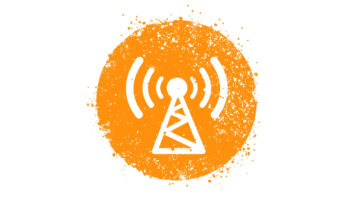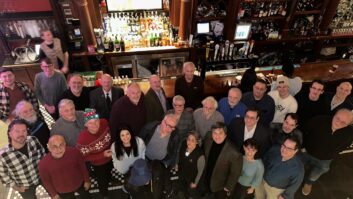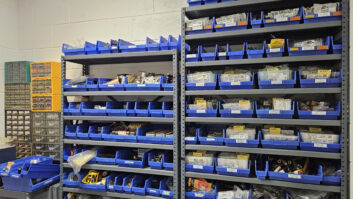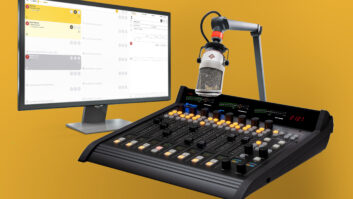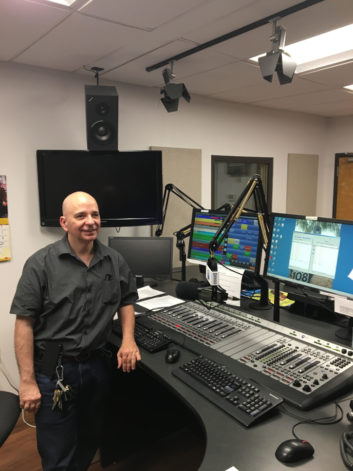
The author is former chief engineer at WMMM(AM) and WCFS(AM). He mans the Hobby Broadcaster and Campus Broadcaster website.
I read the recent comments from Alabama Broadcaster Association’s Larry Wilkins concerning LP/Part 15 transmission regulations with trepidation (“Low-Power Transmitter Guidance From Larry Wilkins”). I’m skeptical in regards to the validity of the information he used as reference.
It would appear that the author had taken much of their obtained knowledge from a July 1991 FCC public noticed titled “Permitted Forms of Low Power Broadcast Operation.” This notice cites a maximum coverage area of 200 feet for both FM and AM unlicensed broadcasting.
Wilkins correctly cites the applicable field intensity for Part 15 compliant FM operation as defined in Part 15.239, 250µV/meter at 3 meters. This is an absolute and, as such, the maximum service area would certainly be around the 200 foot mark, depending on the sensitivity of the receiver being used.
However, I believe Wilkins is in error in his statement of “The same is true on the AM broadcast band, where devices are limited to an effective service range of approximately 200 feet (61 meters).” While this appears to coincide with the FCC public notice this is inaccurate.
It is important to understand that the public notice is not the actual Part 15 regulations. Perhaps the 200-foot range might be accurate in regards to Part 15.209, whereas a specified field intensity is defined, which is calculated via a formula defined in the regulation. Its value is dependent on operating frequency.
However, the FCC has afforded two exceptions to this regulation which legally allows a service area greater than 200 feet under the proper conditions. Those would be Part 15.219 and Part 15.221.
Part 15.219 specifically allows a Part 15 transmitter to operate at 100 milliwatts input power to the final amplifier stage but limits the total length of the radiating element (antenna) and any ground lead used to no greater than 3 meters in length. There is no field strength limitation mentioned in this regulation.
Under a FOI request we obtained one of the FCC documents used by field inspectors as reference for pirate radio enforcement, titled “Module II 215: Unlicensed Radio Operation.” While heavily redacted, it’s interesting to note that on Page 5 of this document it specifically mentions that neither Part 15.219 nor the regulation which applies to low-power broadcasting on an educational institution’s campus, Part 15.221, has no specified field strength limitation.
What does this have to do with an alleged 200-foot service limit for Part 15-compliant AM broadcast? Back in 2013 two broadcast engineering colleagues assisted me with my undertaking of “The AM Transmitter Challenge.” The specimen for this side-by-side transmitter comparison consisted of four manufactured, 100 milliwatt, FCC certified Part 15 AM transmitters in addition to a notable Part 15-compliant kit transmitter. All transmitters where tested with their specified antenna, whether it was a 102-inch “CB style” whip antenna, a custom radiating element which was part of the transmitter’s certification and a wire antenna which accompanied the kit device.
Each tested transmitter was installed identically in a ground mounted Part 15.219-compliant manner and utilized a single 8-foot ground rod with a 0.5 millisiemens per meter ground conductivity. Each transmitter’s field strength was measured using my Potomac FIM-41 and documented for comparison. The highest performing transmitter had a coverage area just short of one mile using a typical automobile receiver.
While I haven’t been able to personally document the effects of better ground conductivity I’ve been informed a small improvement in range is enjoyed with similar installations in areas which have higher soil conductivity.
A church down county from me recently equipped themselves with a commercially available certified Part 15 AM transmitter to allow worship services to be enjoyed by congregants from the comfort of the automobiles in the parking lot.
The newfound interest in Part 15 broadcast obligates us to provide accurate and dependable information to the broadcasters, most of whom have no technical background and little interest in learning it.
Radio World invites industry-oriented commentaries and responses. Send to Radio World.





